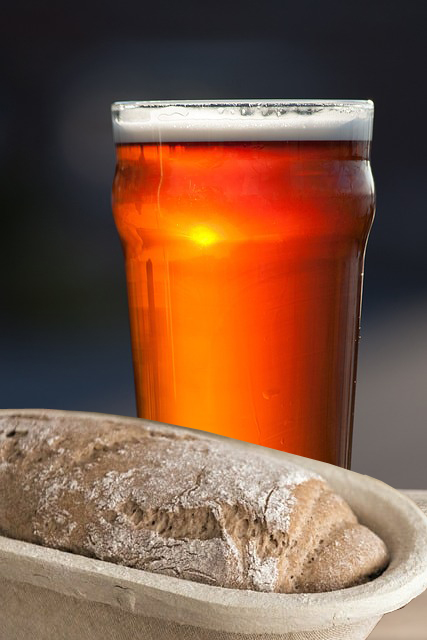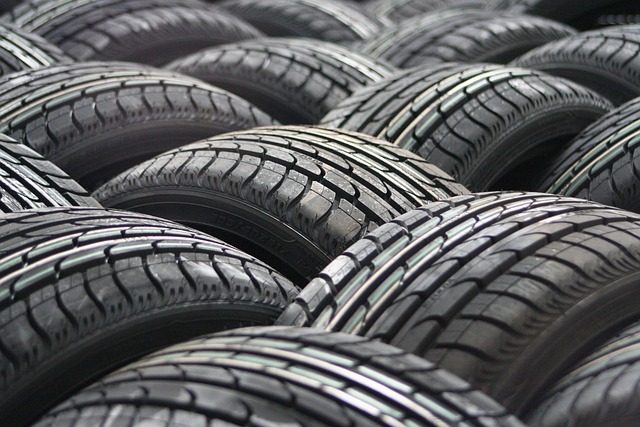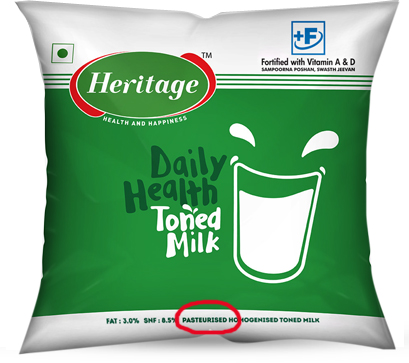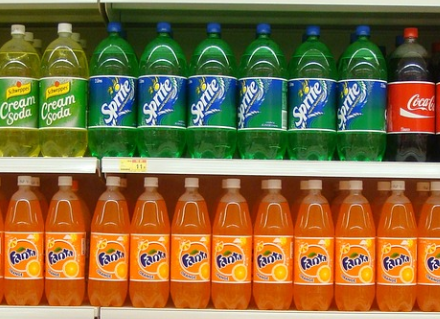Important Chemical Processes
Electrolysis
Definition: Electrolysis is a chemical process that uses an electric current to cause a non-spontaneous redox reaction. It involves the breaking down of a compound into its constituent elements or ions, using electrodes immersed in an electrolyte solution.
Usage: The most common use of electrolysis is in the field of electroplating for decorative purposes, improving corrosion resistance, and creating a uniform surface finish on various objects, including jewelry, automotive parts, and electronic components.

Saponification
Definition: Saponification is a chemical reaction that involves the hydrolysis of esters in the presence of a base, typically an alkali. During saponification, the ester bonds in fats or oils are broken down, releasing fatty acids and alcohol. The fatty acids then react with the base to form the salt of the fatty acid, which is the soap.
Usage: This process is commonly used in soap-making, where fats or oils are mixed with a strong base, such as sodium hydroxide or potassium hydroxide, to produce soap.
Fermentation
Definition: Fermentation is a metabolic process in which microorganisms, such as yeast or bacteria, convert organic compounds, such as sugars or carbohydrates, into simpler molecules like alcohol, lactic acid, or carbon dioxide.

Usage: It is often used in food and beverage production, such as brewing beer, making wine, or fermenting dough for bread.
Vulcanisation
Definition: Vulcanization is a chemical process that involves treating natural or synthetic rubber with sulfur or other additives to improve its strength, durability, and elasticity.

This process creates cross-linking between rubber molecules, making it less sticky and more resistant to heat, wear, and aging.
Usage: Vulcanized rubber is commonly used in tires, hoses, and various rubber products.
Pasteurisation
Definition: Pasteurization is a heat treatment process used to kill or inactivate harmful microorganisms, such as bacteria, viruses, and fungi, in food and beverages.

It involves heating the product to a specific temperature for a set period of time, followed by rapid cooling.
Usage: Preservation of milk
Emulsification
Definition: It is a process in which large fat globules are broken down into tiny droplets. The tiny droplets are uniformly distributed in an immiscible liquid to form emulsion.
Usage: Emulsions are used in paints, cosmetics, medicines etc.
Sublimation
Definition: It is the transition of a substance directly from the solid to the gas phase without passing through the intermediate liquid phase.
Usage: Used in frost-free refrigerators
Carbonation
Definition: It is a process of mixing carbondioxide in liquids under high pressure.
Usage: Making of soft drinks

Distillation
Definition: It is a process of separating the component substances from a liquid mixture by selective evaporation and condensation.
Usage: Separation of gasoline etc. from crude petroleum.